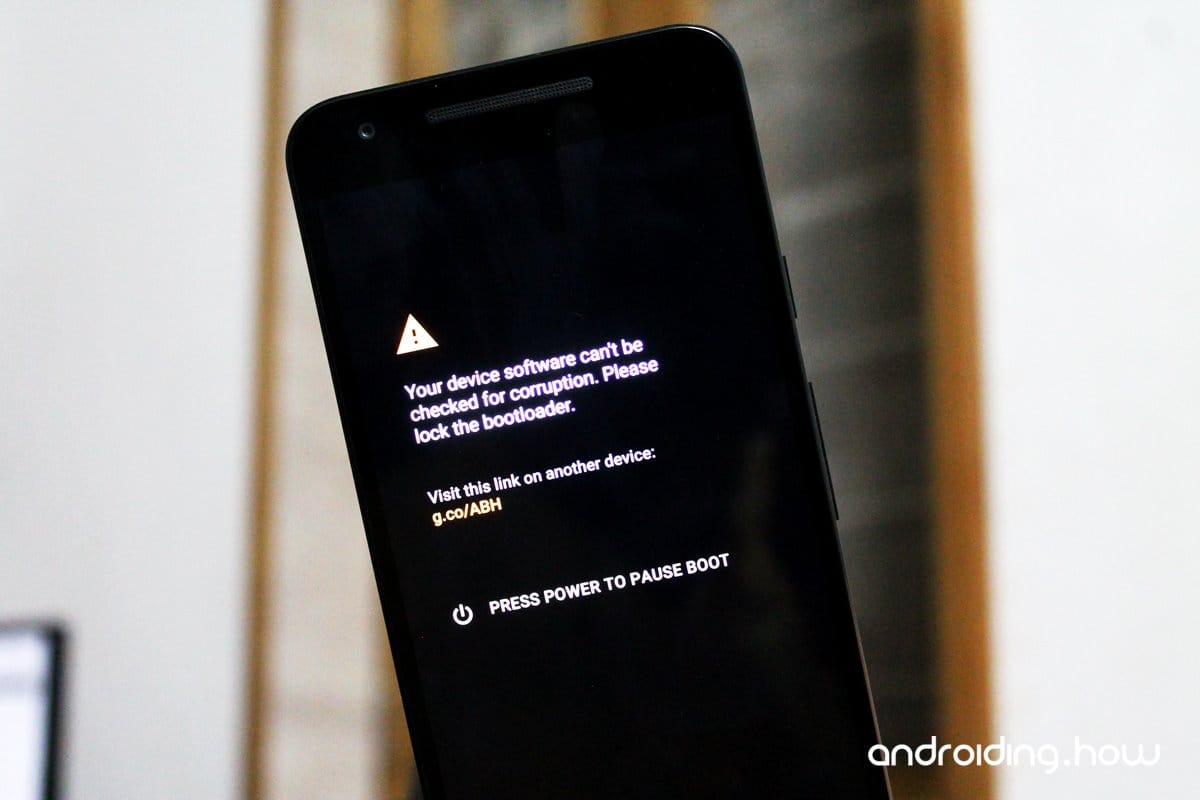Google recently updated the SafetyNet API to detect and block bootloader unlocked devices from using Android Pay, and it’s available for all App developers to take advantage of if they want to disable rooted users from using their services.
Whats this means is you can no longer use tools like Magisk or suHide to hide root access on your device and use Android Pay. The SafetyNet API now checks your device’ bootloader status using the verified boot feature that Google introduced with Android 4.4 KitKat.
But thankfully, folks over at xda already have a workaround to bypass SafetyNet’s unlocked bootloader check and use Android Pay on a device with unlocked bootloader and root, all thanks to developer Sultanxda.
To hide the unlocked bootloader from SafetyNet API, Sultanxda removed support for verified boot flag from his modified kernel, which gives the SafetyNet API an impression that the device doesn’t support the verified boot feature and hence allow it to pass the test.
So, what you need to do to get Android Pay working with unlocked bootloader on your Android device is find a custom/modified kernel which doesn’t support verified boot and flash it to your device to bypass SafetyNet check. This way you can continue to use Android Pay with root using the tricks you’ve used previously to hide root from Android Pay.
We’ll update this post with a list of custom kernels with verified boot support removed for as many devices as we can find. If you know of any, do let us know in the comments section below.
Happy Androiding!
via xda













Discussion